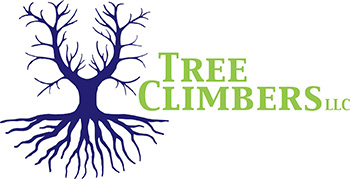Trees provide significant benefits to our homes and cities, but when trees fall and injure people or damage property, they are liabilities. Taking care of tree hazards makes your property safer and prolongs the life of the tree.Trees are an important part of our world.They offer a wide range of benefits to the environment and provide tremendous beauty.
However, trees may be dangerous. Trees or parts of trees may fall and cause injury to people or damage to property. Trees in such situations are called hazardous, to signify the risk involved with their presence. While every tree has the potential to fall, only a small number actually hit something or someone.
Consider these questions:
- Are there large dead branches in the tree?
- Are there detached or broken branches hanging in the tree?
- Does the tree have cavities or rotten wood along the trunk or in major branches?
- Are mushrooms present at the base or in the tree?
- Are there cracks or splits in the trunk or where branches are attached?
- Have any branches fallen from the tree?
- Have adjacent trees fallen over or died?
- Has the trunk developed a strong lean?
- Do many of the major branches arise from one point on the trunk?
- Have the roots been broken off, injured, or damaged by lowering the soil level, installing pavement, repairing sidewalks, or digging trenches?
- Has the site recently been changed by construction, raising the soil level, or installing lawns?
- Have the leaves developed an unusual color or size?
- Have trees in adjacent wooded areas been removed?
- Has the tree been topped or otherwise heavily pruned?
